Sound On Sound:

In all of this talk surrounding Screamadelica it would be easy to forget the pivotal role (happy) Hugo Nicolson played in those recordings. Our Tim H found this piece from Sound On Sound in November 2000 with Nicolson discussing how they did it. Sounds like limited equipment and big ideas. Time to bring back the desks and raw fx.
Some of Nicolsons best-known work is that which he did with Andy Weatherall on one of the most influential albums of the 90s Primal Screams Screamadelica and it was in landing the job of working with the famous DJ that Hugos experience working at The Townhouse really paid off. While I was still at The Townhouse, I managed to get onto a session as tape-op for Adrian Sherwood, and he really opened my eyes to a much more intuitive approach to recording Id never seen anyone quite so aggressive with the mixing desk. He followed none of the established rules of the time, yet he got really great, interesting mixes quickly. It was really inspiring to watch and it prompted me to start working that way myself, doing everything how I felt it, allowing myself to tear the whole track apart and to be brutal with the equipment if necessary. Just after that, my management arranged for me to work with Andy Weatherall at Battery Studios hed just done Primal Screams Loaded and some Saint Etienne stuff. It so happened that he really liked Adrian Sherwood, and because Id started doing things in a similar way we never really looked back!
At the time Andy was just a DJ who had amazing taste in records and a massive record collection he wasnt really that interested in having to deal with the operation of the studio and the gear from day to day. Therefore, I did all the engineering and programming for the tracks we co-produced: Dont Fight It Feel It, Inner Flight, Come Together, Im Comin Down, Higher Than The Sun and Shine Like Stars. It was great, but really stressful I was thrown in at the deep end.
We treated all the tracks we did as remixes. We had been given multitrack tapes with takes and overdubs which Primal Scream had done all of them had melodies and at least a few chords, together with all sorts of other little sounds. Some of the tracks had complete band takes, though not done against any sort of click so the timing often needed tightening up. If youre going to add much in the way of sequenced parts to a track, then you really need your rhythm parts to be spot-on. Its all right in a sequenced track if a loop pushes and pulls against the beat over a one- or two-bar period, because people can learn the feel of that and can therefore play along just fine, but if you have live drums changing their relationship with the beat over longer periods it doesnt tend to work. If you dont need to use sequencing, because everyones playing along live, then you can get away with much more rhythmic variation and its best just to let the band get on with it. However, on Screamadelica the timing of the live takes had to be tweaked to match the sequenced stuff one notable example was Come Together, though Andy and I were fortunate enough to receive the tapes from someone else whod done it for us.
We started each remix by picking just those bits of the multitrack takes which we thought had attitude and would be good for the tune, and loading them into the samplers we had at the time: mainly Akai S1000s and S1100s. In addition to this, we just messed around with random stuff Id sampled against the track for example, on Come Together theres a reversed cartoon skidding noise right at the beginning! It was just a case of throwing things in one at a time and working with them if they looked promising.
We did everything with samplers and sequencers systems like Pro Tools were in their early days back then and their sound was pretty nasty, so we never really considered anything like that to be an option. In fact, I can remember thinking at the time that This hard disk recording thing is never going to take off, but I suppose Ive been well and truly proved wrong now!
Id seen what gear I needed to do remix work from all the sessions Id attended where they had used programmers: I usually hired a Korg M1 as a master keyboard (or a Prophet VS, if I was lucky), a couple of samplers, and an Atari 1040 with Emagics Notator. Other than that, I just used the gear already in the studio all the usual suspects along with an SSL out of preference. However, while I knew what I needed, I still wasnt really a programmer myself when I first started with Andy. It was all I could manage to get everything sequenced up in Notator and running in sync with SMPTE so that I could do arrangements using the SSLs automation. Fortunately, it worked really well like that and it had a really good feel.
The remix mentality which Andy and Hugo applied to their work meant that the tracks often changed dramatically as they went through different interpretations on their way to the final cut. We did two different mixes of Dont Fight It, Feel It, for example. The first was done over a day and a half and, though it was sounding all right, Andy said we ought to just try another one anyway in a few extra hours we had available. I gated the drums and keyed them off a cowbell which I programmed to do a rhythm Id heard on a Jungle Brothers record. Then I grabbed a bit of bass fill from halfway through the song, turned it backwards and used that as the bass. I put Duffys piano all over the top, gated all the other parts to play with the same rhythm as the drums, and finally added in Denise Johnsons vocal. We did it really quickly, but that was the one that everyone liked best, so it ended up on the album.
And there were a number of accidental things that we ended up using, too: for example, on Dont Fight It, Feel It, the drums almost seem like they come in late at first that was just a bad edit originally, but we realised it worked, so we kept it the way it was. Another one was when the Atari crashed halfway through doing Come Together and we lost a bunch of work, so I had to quickly play everything back in again. Im not really a keyboard player I have to almost guess the notes when I play and, as a result, even though I reproduced most of the track fine, the bass lines of the two halves of the song ended up being slightly different. It didnt matter, because it still makes you want to jump up and down and yet adds a little variety.
Nicolsons ability to reinvent himself was particularly useful following an extended absence from record production. After Screamadelica, I went on tour with Primal Scream, dealing with their MIDI rig on stage. After that I decided I wanted a break from the industry, and I ended up leaving the music business for about five years. When I got back into the industry, I was able to find work engineering with Youth (see box), doing Embrace, Shack and some of the Seahorses stuff, and have since gained a reputation as a recording and mixing engineer, rather than as a remixer.
The whole article is available to read here on the Sound On Sound website. Thanks to Tim H.
Taken from the very excellent testpressing.org – home of music love. Check the site for a lot more – they been busy these past few weeks with a mad amount of posts!
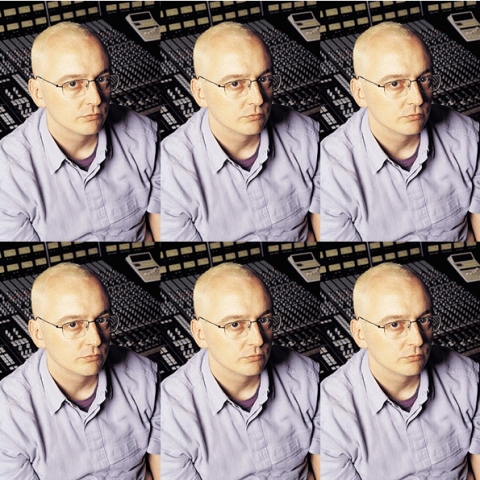
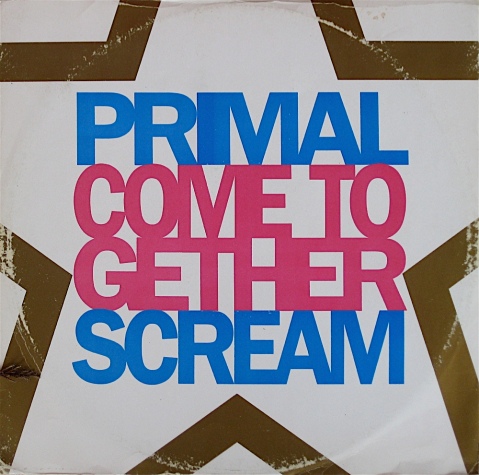
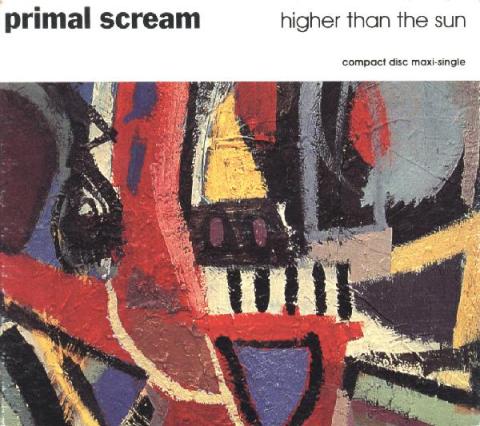
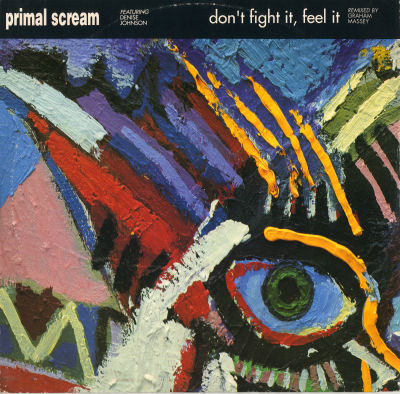













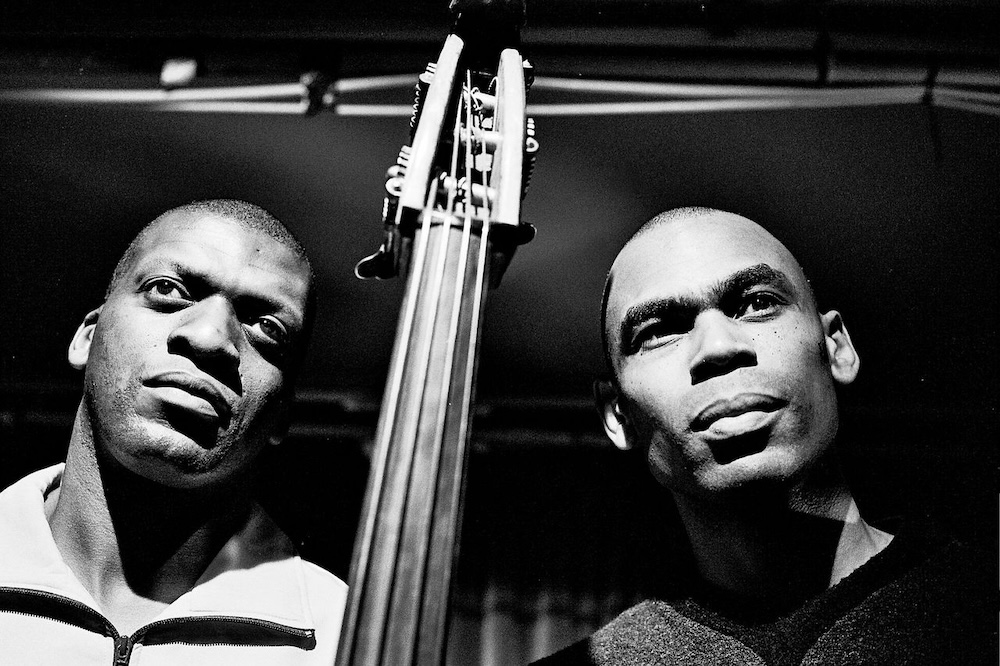
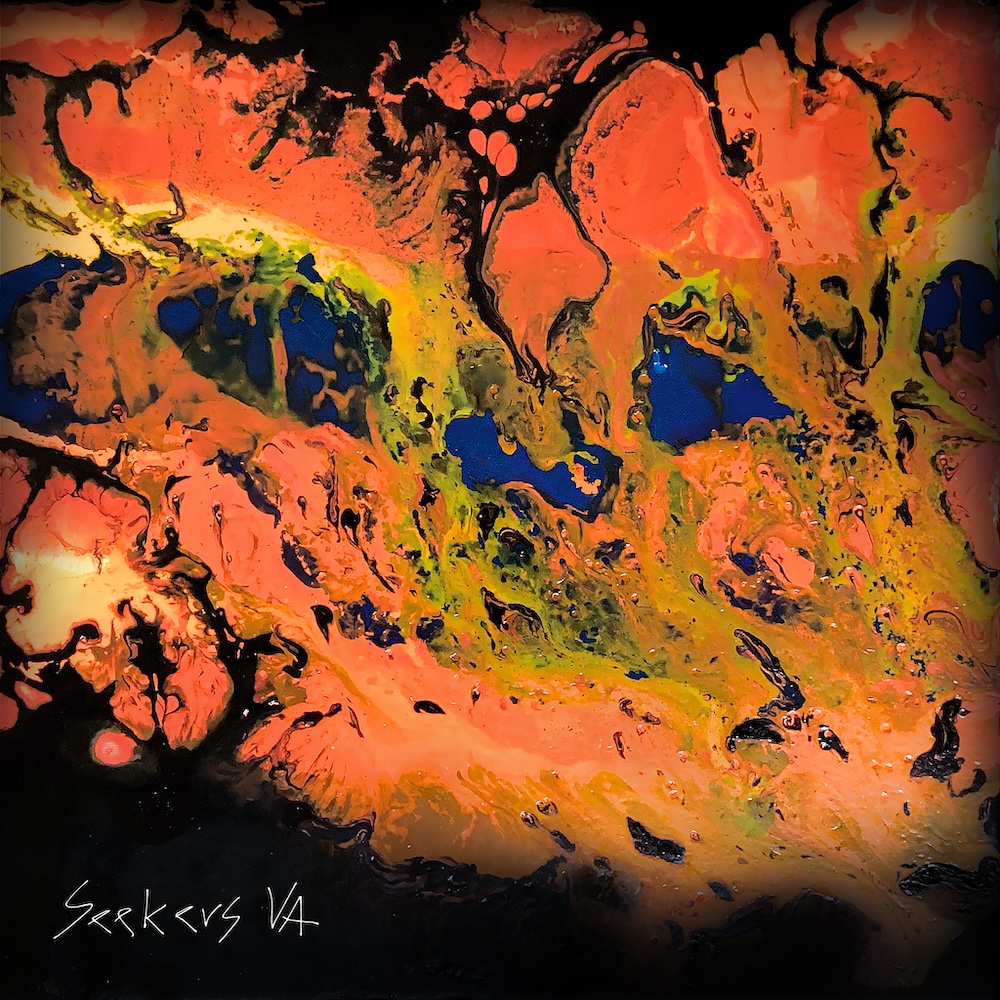



Must Reads
David Holmes – Humanity As An Act Of Resistance in three chapters
As a nation, the Irish have always had a profound relationship with the people of Palestine
Rotterdam – A City which Bounces Back
The Dutch city is in a state of constant revival
Going Remote.
Home swapping as a lifestyle choice
Trending track
Vels d’Èter
Glass Isle
Shop NowDreaming
Timothy Clerkin
Shop Now